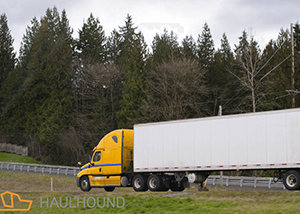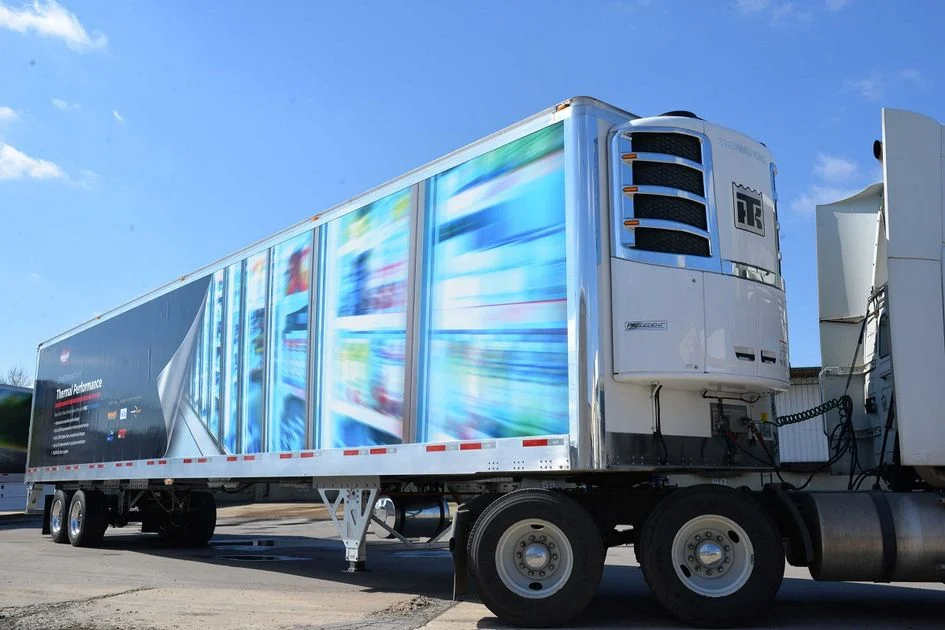A dry van is any truck trailer that is enclosed and protected from the elements—think of your typical semi-truck or ‘box’ truck with a door on the back. Although the cargo is protected from rain (hence the “dry” van), it is not temperature-controlled.
In this sense, a dry van definition is often given by learning what a dry van is not. It is not a refrigerated freight truck, or “reefer,” which can carry fresh produce, dairy, meat, and other items that must be temperature-controlled.
A dry van is also not a flatbed truck. A flatbed is not enclosed on top, thus exposing the loads to the elements or requiring the use of tarps. Flatbeds can also be open on the sides to make it easier to load and unload very large or unusually shaped freight, particularly in areas where there is no loading dock. You’ll often see lumber, heavy equipment, large pipes, and even modular homes transported on flatbeds.


